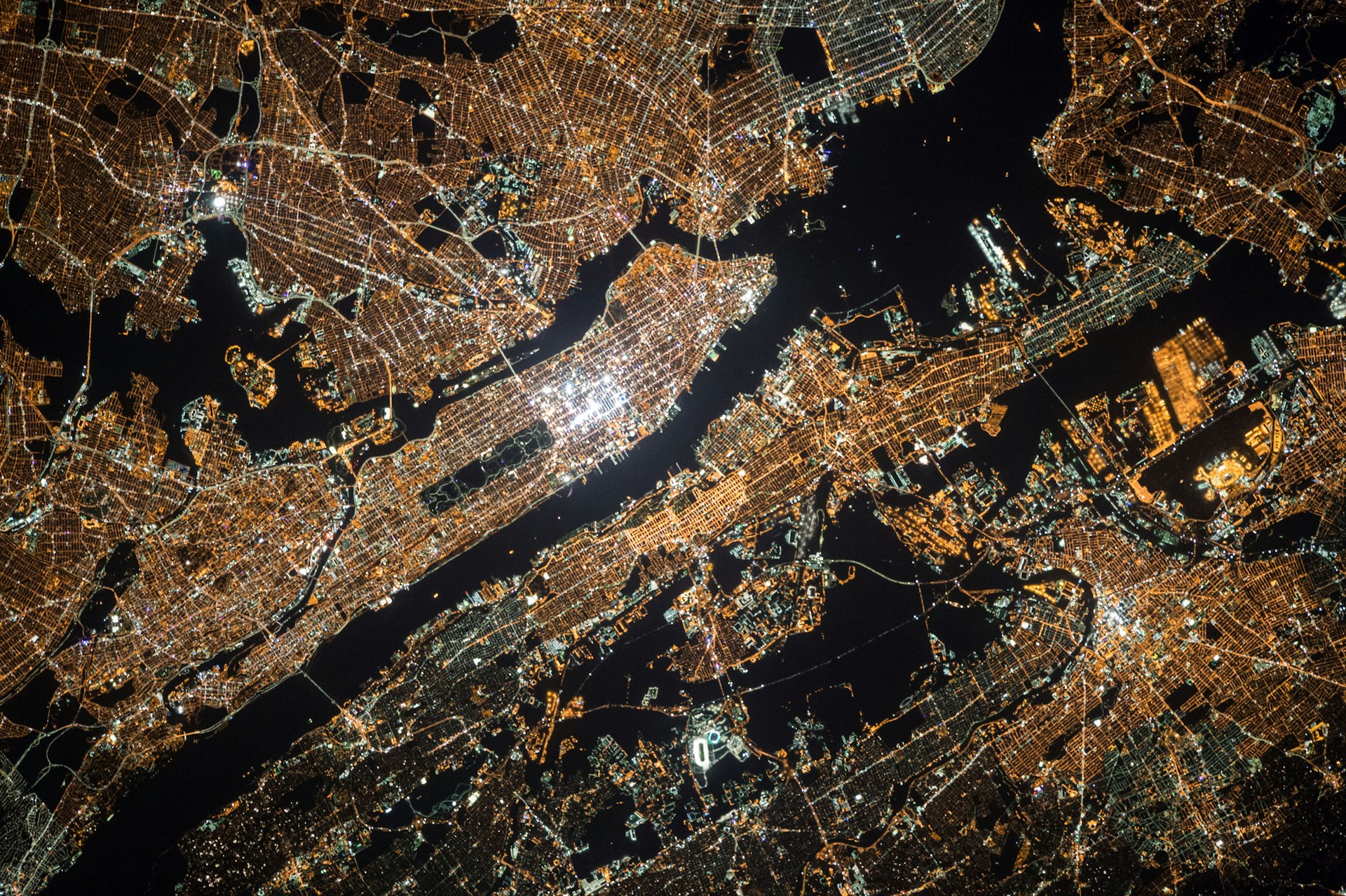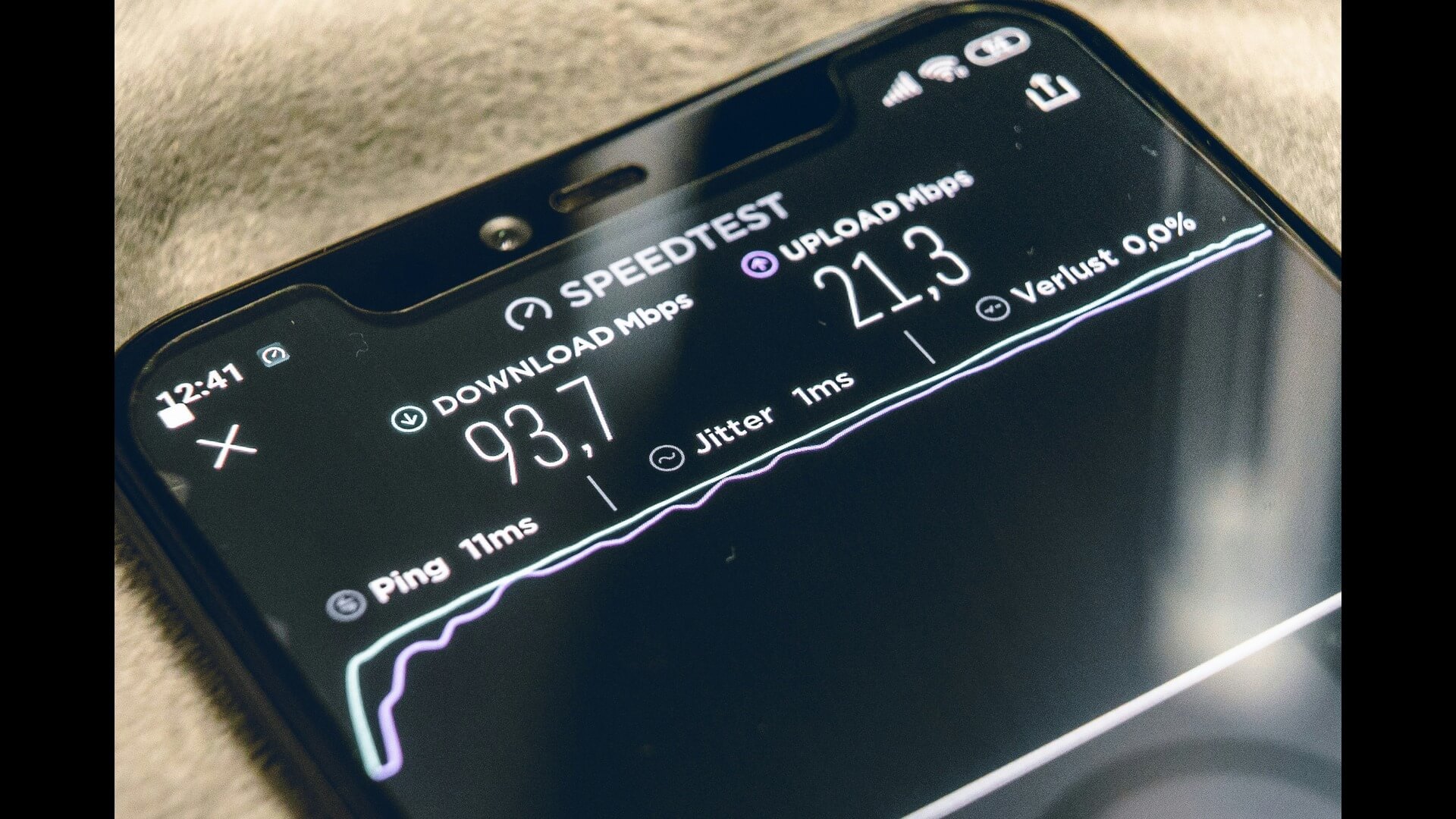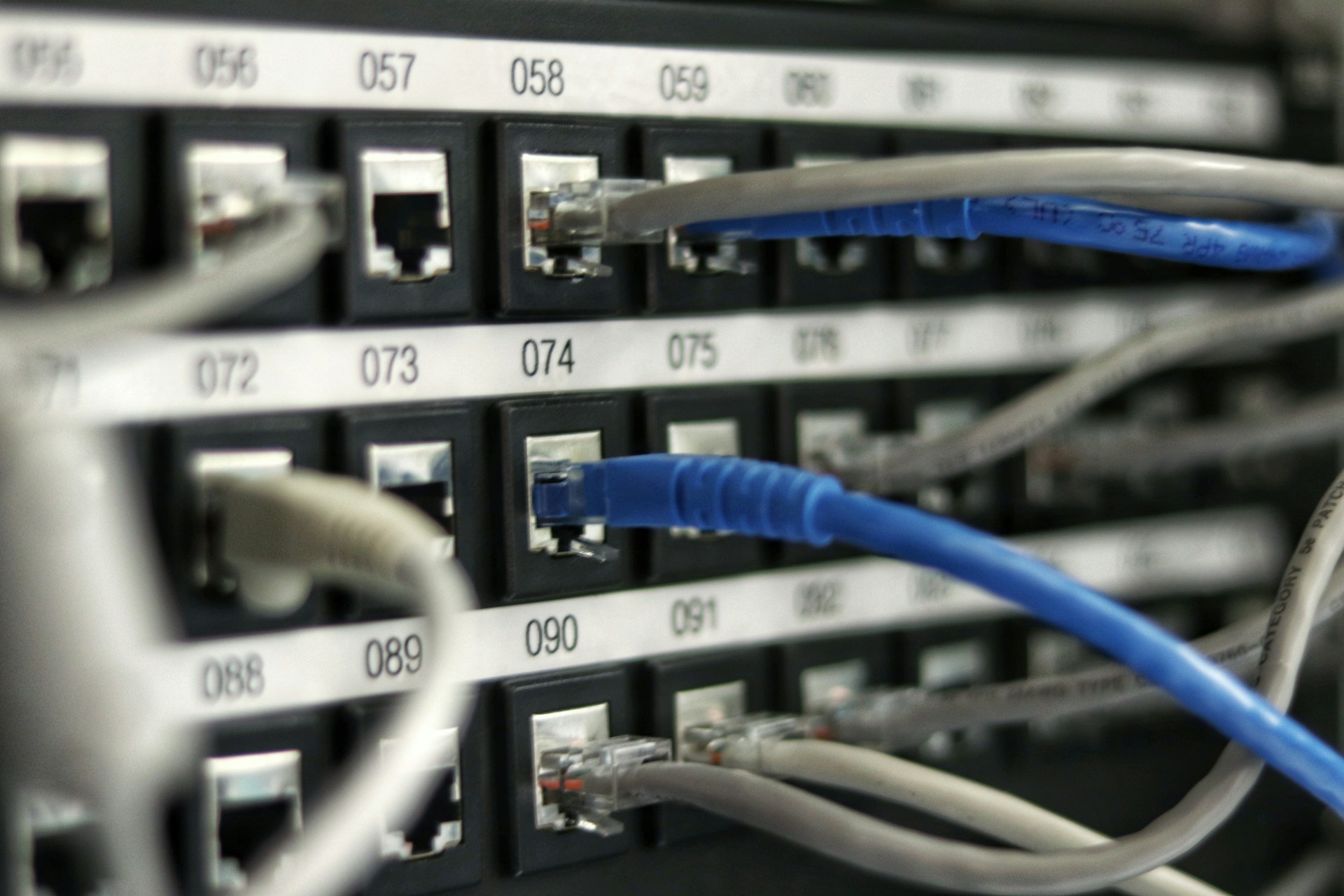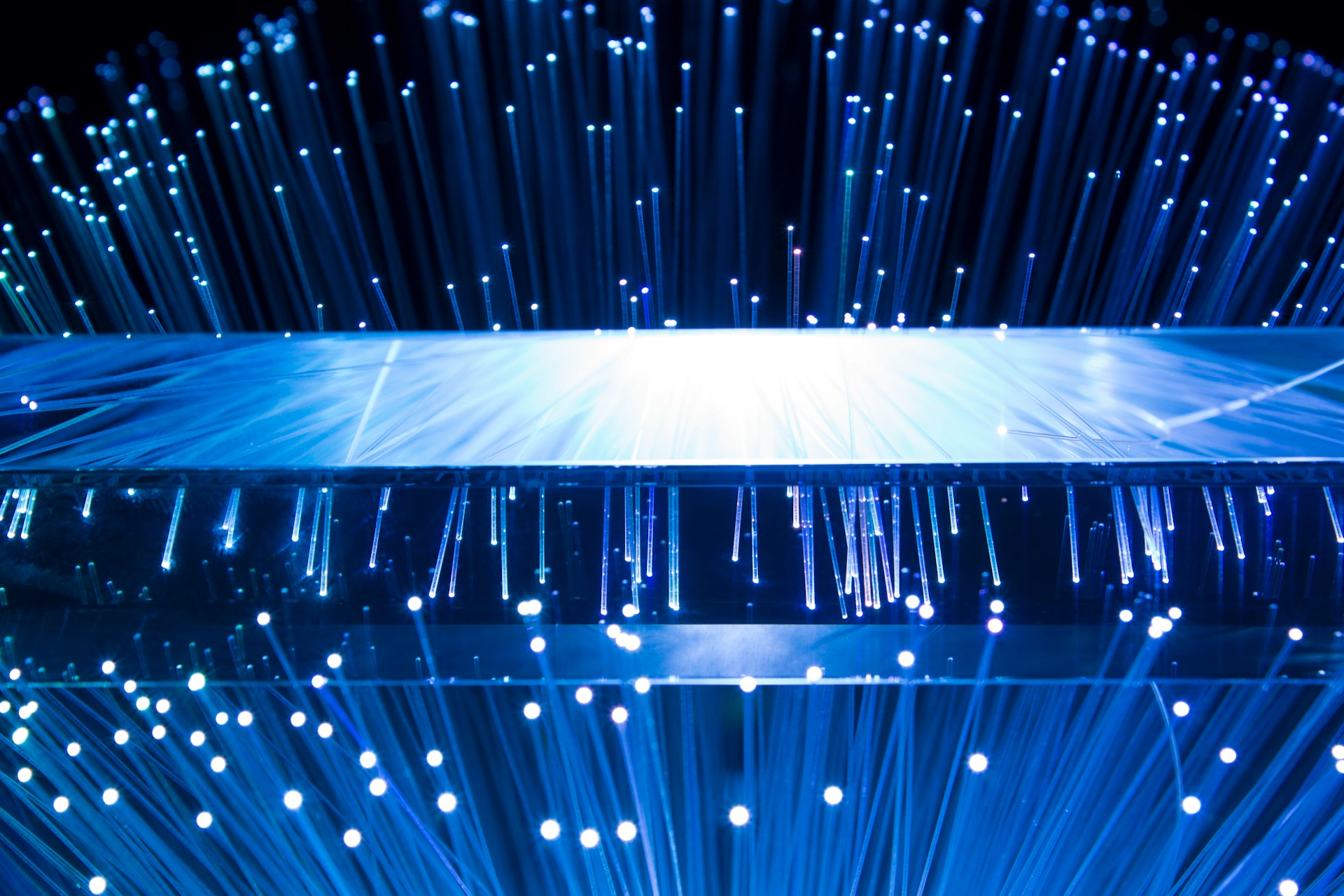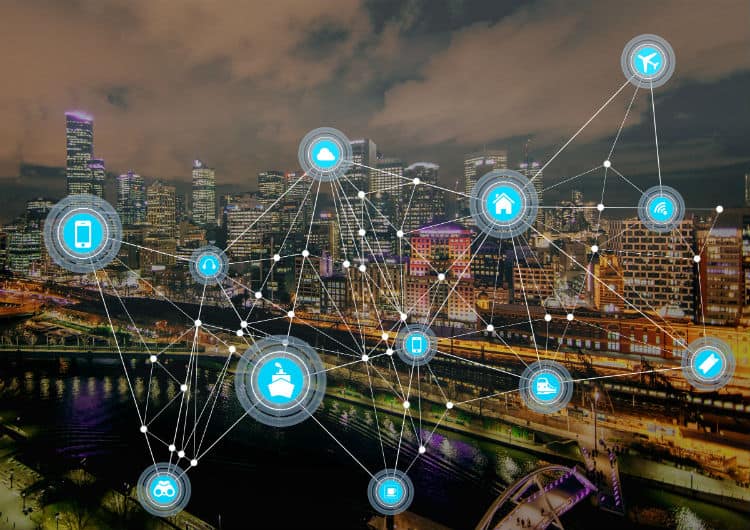
What Is the IoT Chain?
September 25, 2018 - Emily Newton
Revolutionized is reader-supported. When you buy through links on our site, we may earn an affiliate commission. Learn more here.
If you’ve followed tech news lately, you know the IoT is a game-changer. But it needs some work before it really gets going changing our world for the better. And now, there’s a new term to demystify: “IoT Chain.” To understand IoT Chain, we first have to understand the IoT itself and what needs to change.
The Existing IoT and Its Limitations
In simple terms, “Internet of Things” refers to the global network of computers and mobile devices, machines and equipment, as well as a multitude of other physical devices — wearables, appliances, clothing, sensors, tools, etc. — that connect to the internet and exchange data with one another.
The IoT is essentially the means by which we make an otherwise ordinary object “smarter.” A doorbell that delivers real-time notifications to your smartphone is just one denizen of the IoT. A wind turbine that shuts itself off when a critical component detects an impending failure is another.
There are applications for IoT technology in virtually every industry under the sun. Machine-to-machine communication makes manufacturing leaner and less wasteful, connected wearables deliver timely healthcare information to patients and providers and transportation of all kinds can benefit from technology that “speaks” to one another and crowdsources information like road incidents, construction and delays.
But IoT Chain enters the picture when you stop thinking about the opportunities of the IoT and start getting a little more real about privacy, data ownership, security and scalability. According to those who have already spent time studying the adoption rate of IoT technology, our existing approaches to internet security are not at all adequate for the explosive growth we’ve seen in IoT across multiple fields.
How IoT Chain Builds on the IoT’s Success — and Corrects Its Flaws
If interchangeable parts and automated manufacturing represented industrial revolutions, a widespread adoption of IoT technology would undoubtedly be another. However, we appear to have taken a blind running leap into the deep end of the pool. Why? Because, despite the fact that industry will collectively spend $3 trillion per year on IoT hardware and software by the time 2020 rolls around, the technology is still vulnerable in most of the same ways that produced the Stuxnet attack of 2010, the Mirai Botnet of 2016 and the Petya, NotPetya and WannaCry ransomware attacks of 2017.
All of these leveraged unsecured and unpatched IoT devices and operating systems and a lack of standardization — hallmarks of our current failed approach to connecting all of our “things.” IoT Chain is one of several viable solutions to this problem. It’s the name of a company as well as an operating system, and it delivers a potential fix for the fragmented IoT hardware and software landscape in the form of an IoT-specific operating system built on Blockchain.
IoT Chain would answer the IoT’s current glaring shortcomings — namely user authentication and authorization, intruder detection, software signing and the “trust models” that allow connected devices from multiple locations and multiple software and hardware vendors to “shake hands” with one another, verify each other’s identity and exchange information safely. To solve all this, IoT Chain will be low-profile, fast, secure and, most importantly, based on Blockchain technology.
IoT Chain is a “lite” operating system for IoT devices currently being developed by a Chinese company. We won’t have too long to wait before we get our hands on it, though — the team is planning for a December 2018 public release. So, what is it, exactly? And how does it stand to benefit industry and improve the IoT?
IoT Chain Uses and Benefits to Industry
IoT Chain proposes a novel approach to keeping the IoT safe. The current patchwork of international privacy laws, operating systems and technology standards is the proximate cause of most IT specialists’ worries over the IoT’s general stability and security. Consequently, the primary mission of the IoT Chain team is to deliver a new way to anonymize identifying data during exchanges over the internet.
In keeping with its promise to leverage the underlying framework of Blockchain, IoT Chain would decentralize both the physical servers used to store and transmit information and the type of information itself. For example, the personal data and the operational data of each user would be stored separately in pieces that render theft useless. One lost piece would require all the others for successful reconstruction.
The “lightweight” operating system proposed by IoT Chain is lightweight in part because the group has dramatically reduced the number of mathematical calculations required by any given exchange of data. If you know anything about Blockchain or Bitcoin, you know currency miners use energy-hungry video cards to do so. This is another of IoT Chain’s unlikely triumphs — it prioritizes energy conservation.
Consequently, in addition to the many security enhancements, the IoT Chain project should result in a more environmentally friendly infrastructure that saves energy and cuts expenses. Naturally, no operating system — however stripped-down — can reach its potential without casting a vast net regarding third-party compatibility. As of this writing, the IoT Chain team boasts that their OS will work with “most” smart connected devices available at the consumer level.
What About the Industry?
As we mentioned, IoT Chain favors a “node-based” structure, where data storage and transmission are concerned. Traditional data centers were like fortified castles — impressive and intimidating, but they tend to fall like any house of cards if the right vulnerabilities are exploited. After that, it’s all or nothing — thieves either make off with all your data or get nothing at all.
The node approach could dramatically cut the amount of money small, and large businesses spend on server rentals and data center construction. By decentralizing the familiar server “farm” model, IoT Chain hopes to help businesses of all kinds achieve cost savings and far more robust security as they build their connected networks of devices and start gathering data from their operations.
Another application for business and industry is a cleaner and more ethical approach to harvesting and acting on user data. In the EU, the passage of the General Data Protection Regulation (GDRP) has brought sweeping changes to how businesses collect and use consumer information. With IoT Chain, it’s easier than ever for companies to split the user and personal data being streamed in from IoT devices, including smartphones running web browsers and wearables transmitting health readings.
By separating this information using Blockchain, companies can still collect and use anonymized data from many sources without running afoul of existing or future privacy laws.
IoT Chain: A Possible Future for the IoT
The IoT Chain team is just 15 members strong. That’s impressive, given the far-reaching implications of the technology they’re developing. But it’s also worth remembering this is likely only one of many hopeful contenders who want to make their mark on the IoT and its future.
There are really only two major operating systems for desktop and three for mobile computing. If the future of connected objects follows this pattern, IoT Chain might be just one of a tiny handful of companies developing and delivering consumer- and business-ready IoT operating systems in the future.
Revolutionized is reader-supported. When you buy through links on our site, we may earn an affiliate commission. Learn more here.
Author
Emily Newton
Emily Newton is a technology and industrial journalist and the Editor in Chief of Revolutionized. She manages the sites publishing schedule, SEO optimization and content strategy. Emily enjoys writing and researching articles about how technology is changing every industry. When she isn't working, Emily enjoys playing video games or curling up with a good book.

